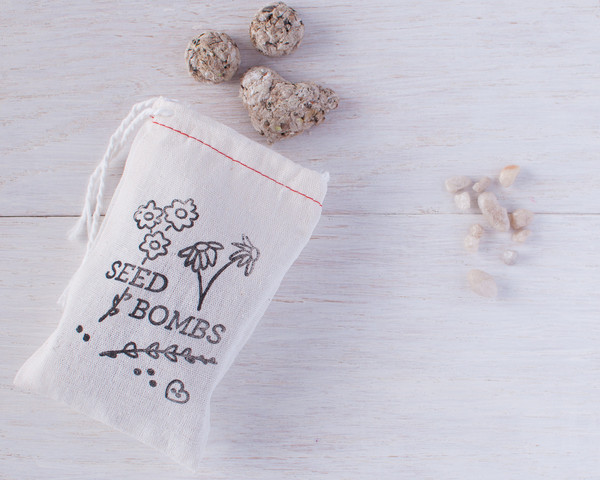Easter is coming soon, and to get ready for the holiday, we dyed eggs with natural dyes and colorings. We liked the results that we got, and we thought that this is a craft that many of our readers might like to try. Dyeing eggs this way gives you more muted colors than commercial dyeing kits and is a fun craft to get you in the spirit for Easter. For this we used hard boiled eggs, but you can use hollowed out eggs if you like.
We tried a lot of different combinations to make dyes, and we got some great results and some that did not impress us. This is not all of the combinations of natural egg colorings you can create, but these are the dyes that yielded good results for us. This is in no way all of the dyes you can make, but is a good introduction to this springtime craft that is sure to amuse kids and anyone interested in homemade crafts.
None of our recipes use exact amounts, so play around with ingredients that you have on hand and in amounts you feel comfortable using.
Yellow Gold: In a small pot filled with water, add a splash of vinegar and about 2 tablespoons of turmeric. Boil the mixture for 5 minutes. After the mixture has cooled down, add your eggs for at least 30 minutes to dye to a yellow/ light gold color. The longer you leave the egg in the dye, the bolder the color will become.
Purple: Soak eggs in cranberry juice for 15-30 minutes. The sugars in the juice soften the outer layers of the egg shell, so be careful when you remove the egg from dye so you don't scratch the coloring. This will harden again as it dries.
Bright Blue: This was my favorite result from dyeing the eggs, but also the smelliest dye to make. In a pot of water, add some shredded red cabbage and a splash of vinegar. Boil the mixture for 5-10 minutes. The dye that you will get from this will look purple. Once the mixture has cooled, strain out the cabbage and your dye will be ready to use. Add your eggs to the dye, and let it sit overnight to get the bright blue color.
Dark Purple: Soak eggs in blueberry juice for 15-30 minutes. Like with the cranberry juice, the sugars in the juice soften the outer layers of the egg shell, so be careful when you remove the egg from dye so you don't scratch the coloring. This will harden again as it dries.
There are also more ingredients that may already be in your kitchen that you can use to make dyes. Coffee, spices, and vegetables can be used to color eggs, and you may already have these ingredients on hand. You can also color eggs in multiple dyes to create bold color combinations. For more information on how to dye natural Easter eggs, you can check out the Martha Stewart blog where we got the inspiration to try this craft. Go have fun dyeing Easter eggs, and in the words of Ms. Frizzle "Take chances, make mistakes, get messy!"











